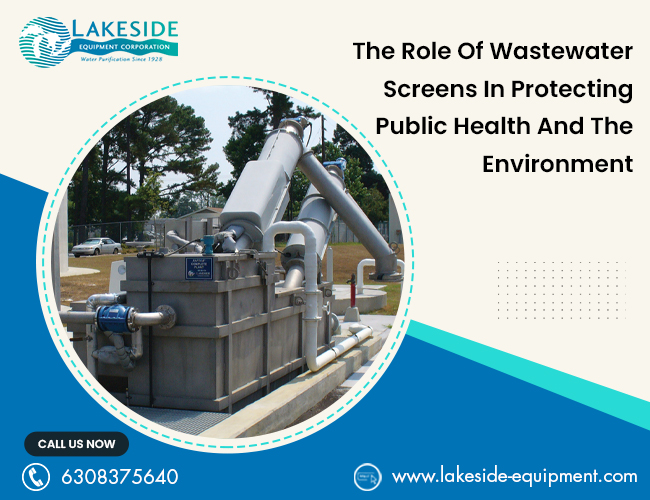Innovative Approaches to Preventing Clogging in Wastewater Screens
The efficient functioning of wastewater screens is paramount to prevent clogging—a persistent challenge that can impede the overall efficacy of treatment processes. In this blog post, we will delve into the world of wastewater bar screens and other innovative approaches designed to combat clogging, ensuring the seamless operation of wastewater screens.
Clogging in Wastewater Screens
Wastewater screens, including the crucial wastewater bar screen, are instrumental in removing debris and solids from influent water. However, the accumulation of materials such as plastics, rags, and fibrous substances poses a constant threat to the effectiveness of these screens, leading to clogging.
1. Advanced Screening Technologies
Traditional wastewater screens, including bar screens, often face challenges with finer materials slipping through the gaps. To counter this, innovative screening technologies have emerged. Fine mesh screens, drum screens, and microscreens are designed to capture smaller particles, reducing the risk of clogging. These technologies employ advanced materials and engineering to enhance efficiency while minimizing the potential for blockages.
2. Self-Cleaning Mechanisms
Introducing self-cleaning mechanisms to wastewater screens is a game-changer in preventing clogging. Self-cleaning bar screens use rotating brushes, jets of water, or mechanical rakes to dislodge and remove debris, ensuring a continuous flow of wastewater. This automation not only reduces the manual effort required for maintenance but also significantly mitigates the risk of clogging.
3. Real-Time Monitoring and Data Analytics
In the era of Industry 4.0, incorporating real-time monitoring and data analytics into wastewater treatment processes is a revolutionary approach. Smart wastewater screens equipped with sensors can detect changes in flow patterns and identify potential clogging issues before they escalate. This proactive approach allows operators to intervene promptly, optimizing system performance and minimizing downtime.
4. Aerated Screens for Enhanced Performance
Aerated wastewater screens introduce the concept of air injection to facilitate the separation of solids from the screen surface. This aeration not only aids in preventing clogging but also enhances the overall efficiency of solids removal. The introduction of air bubbles helps keep the screen surface clear, reducing the likelihood of blockages.
5. Regular Maintenance Protocols
While technological advancements play a significant role, establishing regular maintenance protocols is equally crucial. Implementing a proactive maintenance schedule, including routine inspections, cleaning, and replacement of worn-out components, ensures the longevity and optimal performance of wastewater screens.
Conclusion
In the ever-evolving landscape of wastewater treatment, innovative approaches to preventing clogging in wastewater screens are reshaping the industry. From advanced screening technologies to self-cleaning mechanisms and real-time monitoring, these solutions pave the way for more efficient and reliable wastewater treatment processes. By embracing these innovations, operators can navigate the challenges of clogging, ensuring that wastewater screens continue to play a pivotal role in maintaining the integrity of our water treatment systems.
.png)



Comments
Post a Comment